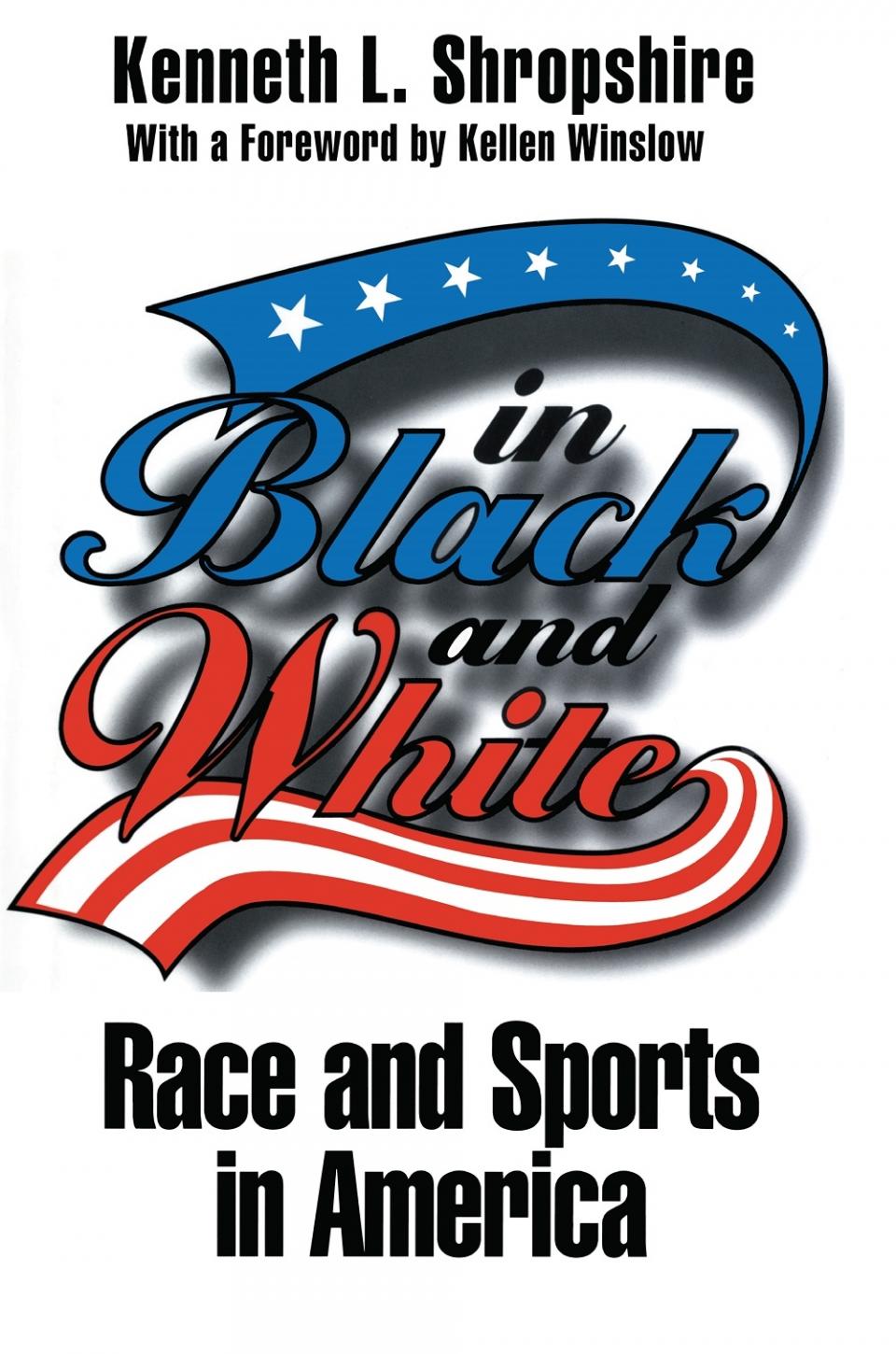Critical Race Theory and Diversity in Sports Leadership
25 years ago, I set out to address the question: “What can we do about the underrepresentation of African-Americans in the top-level position in sports management?” Then, there were three African-American head coaches in the 30 team NFL. Today, the number is three in an expanded 32 team league. There were three African-American managers in MLB and today there are only two. Not all of the numbers are bad. The NBA had five black head coaches then versus a near record high thirteen in this upcoming season. In ownership, Michael Jordan entered the ranks where there had been no majority Black ownership previously.
The reasons for this dearth of Black leadership can be found in the arguments of Critical Race Theory (CRT). The permanence is particularly true regarding ownership, where the chances of being an African American billionaire, a now universal requirement for majority ownership, were blunted by centuries of systemic racism. CRT has come under fire of late, for wildly distorted definitions of what it actually instructs. In my work, I apply CRT to show that new laws and rules will not solve this problem. This kind of examination is critical if any change is to happen on the next Black Monday—the day where the bulk of the various leagues’ season-ending hiring and firings take place —regardless of the sport. Along with these numbers, replace my 1996 Rodney King references with George Floyd and substitute some of the sports power position holders I interviewed then with the leaders of today and we find that almost uniformly, not much has changed.
I write, referencing what is known as “cargo culture,” that “In the 1962 movie Mondo Cane, New Guinean Aborigines built an airstrip, hoping to attract the planes that frequently pass overhead. They hoped to change the behavior of something they had no control over by putting all of the elements in place for the desired result—the landing of an aircraft.” We keep building systems, rules, devices, and even laws to address racial inequities, particularly in hiring, and we make little or no progress. This failure to find a path to address the true causes controlling problem is what is at the heart of Critical Race Theory.
This was the early 1990s and Critical Race Theory was both young and rarely mentioned in reference to sport. I specifically referenced “three key themes from the critical race theory literature. The first, incorporated throughout, is the view of the impact of color-blindness and the failure of such policies in addressing existing race problems. Racial inequalities cannot be resolved unless race is, in fact, taken into account. Second, an important element in amplifying this need to eliminate color-blind theories for resolving discrimination is the existence of unconscious racism. To move forward in solving our problems, we must recognize that unconscious racism exists in all of us. Finally, this book also embraces Derrick Bell’s concept of the permanence of racism in America.”
I have reeled back some on my embrace of unconscious racism. I think 25 years later it’s hard to not confront your own racial beliefs when making hiring decisions. The omnipresence in society, especially in sports, does not allow us to act with an ignorance of how race is a part of our subconscious actions, thus almost all racial acts are in reality conscious. The owners are fully aware when they decide not to hire a given head coach and race, however couched, is a determining factor.
The airstrips of today include the Rooney and Selig rules in the NFL and MLB respectively. These rules mandate the interviewing of candidates of color for head coaching and managing positions. It remains the case that a franchise owner can be mandated to interview one or two “minority” candidates and still hire a white man, when the winning candidate should have been a person of color.

If given a do over in writing this book I would spend more time on the CRT principle of “interest convergence.” The theory is that the goals of diversity can best be met where the interests of all parties are improved by making positively diverse decisions. With diversity in leadership the language today is focused on “the business case for diversity and inclusion.” There exist now major studies focused on the concept that a diverse workforce improves the bottom line of an entity because of the diversity of ideas this variety necessarily brings.
Thus, the answer is not one of building the airstrip. It is changing the hearts and minds of those making the decisions while focusing on interest convergence. What’s in it for the parties you are asking to take steps that only the person in power can take to eliminate racism? That is the answer to my question of 25 years ago. Interest convergence is the correct concept, so what steps do we make, how do we make the moment of interest convergence come about? How do we end decisions in hiring that are influenced by racism, overt or otherwise? If we can answer that, we can answer the question I posed at the outset: “what can we do about the underrepresentation of African-Americans in the top-level positions in sports management?”